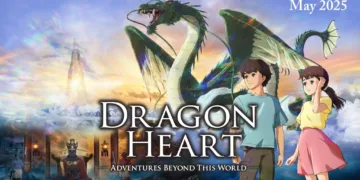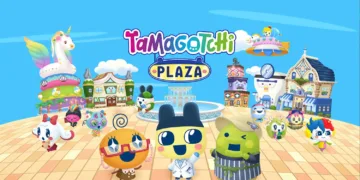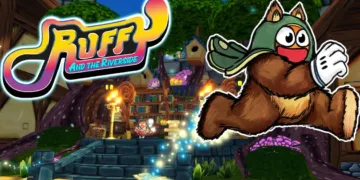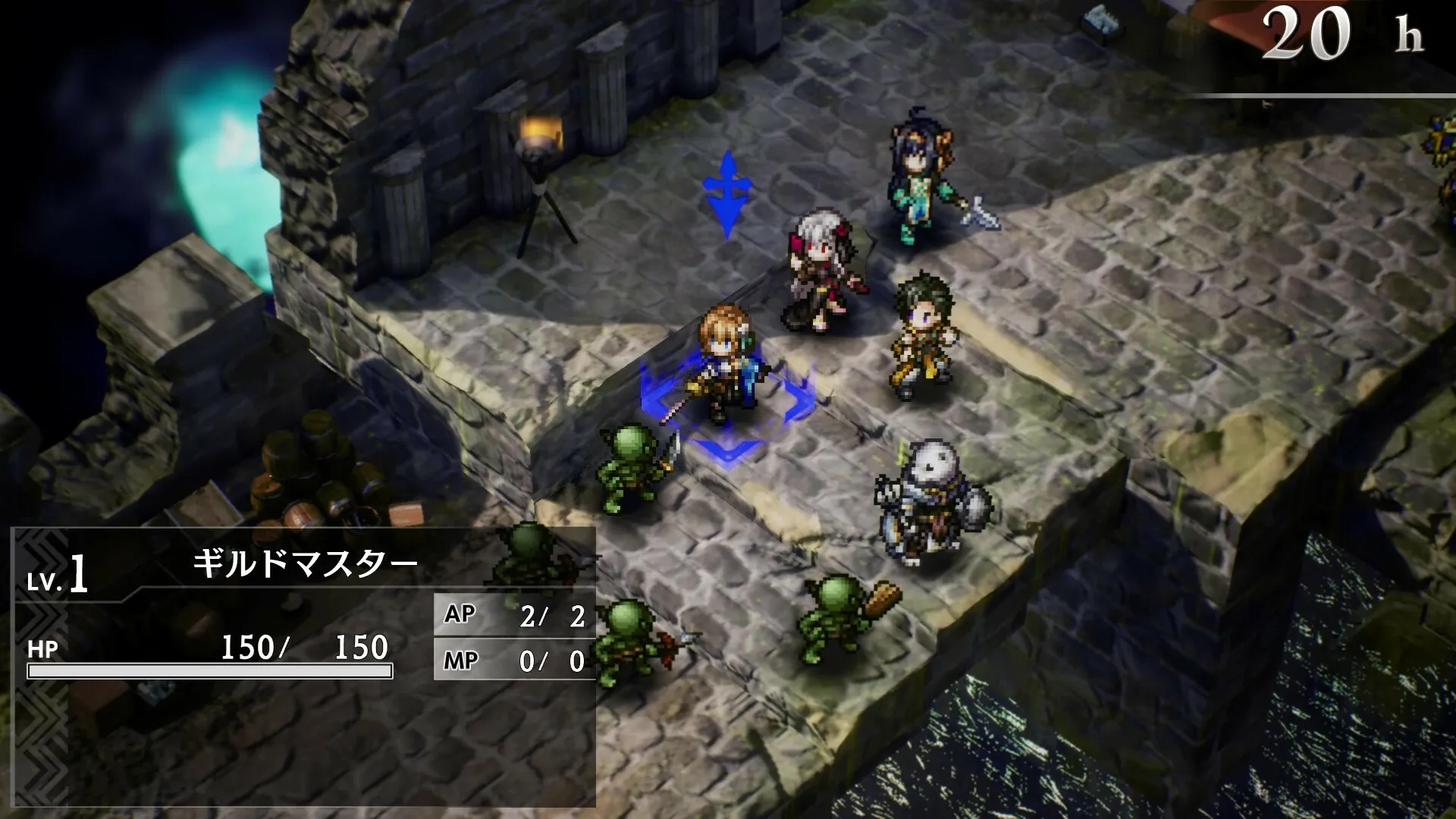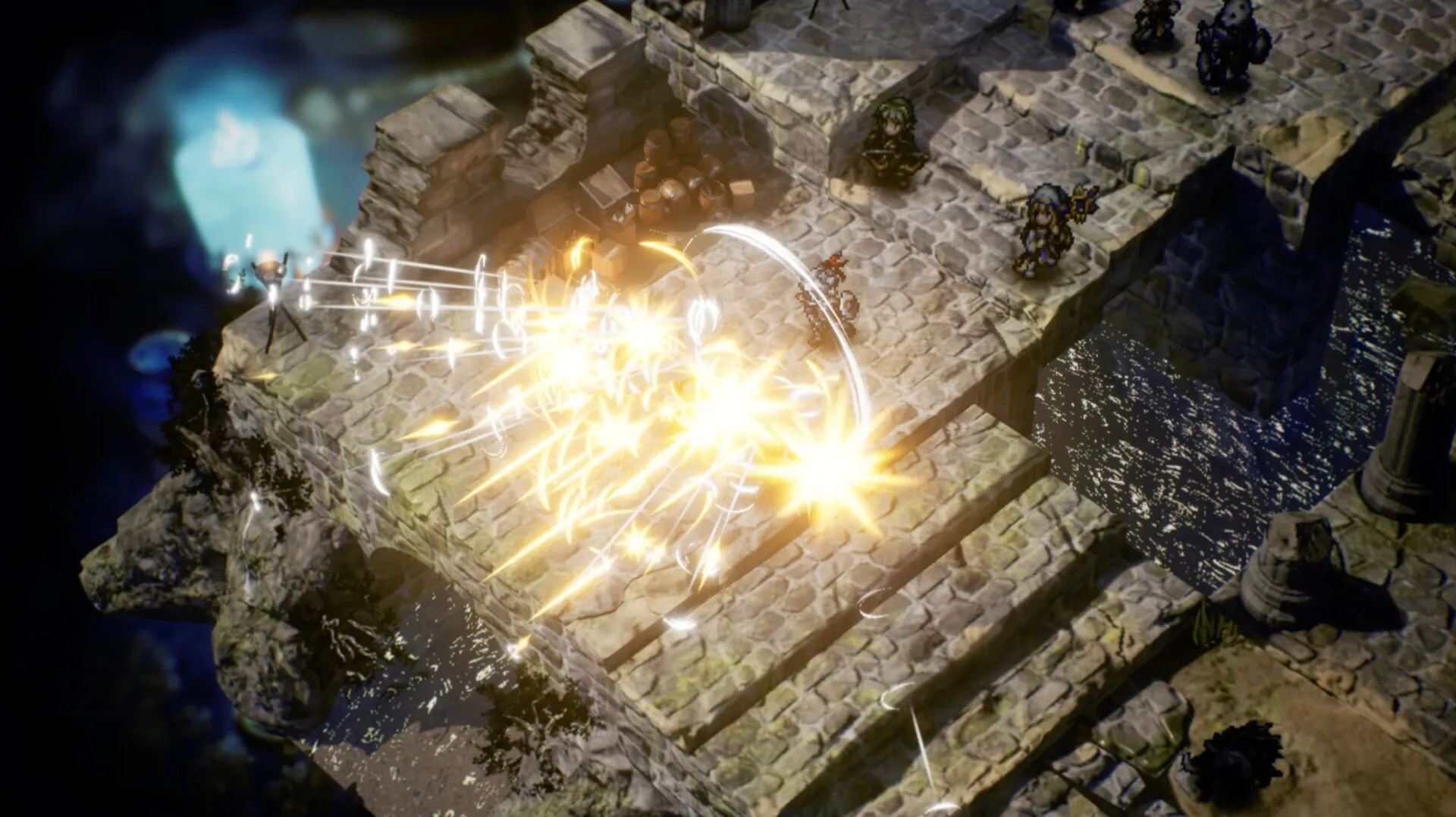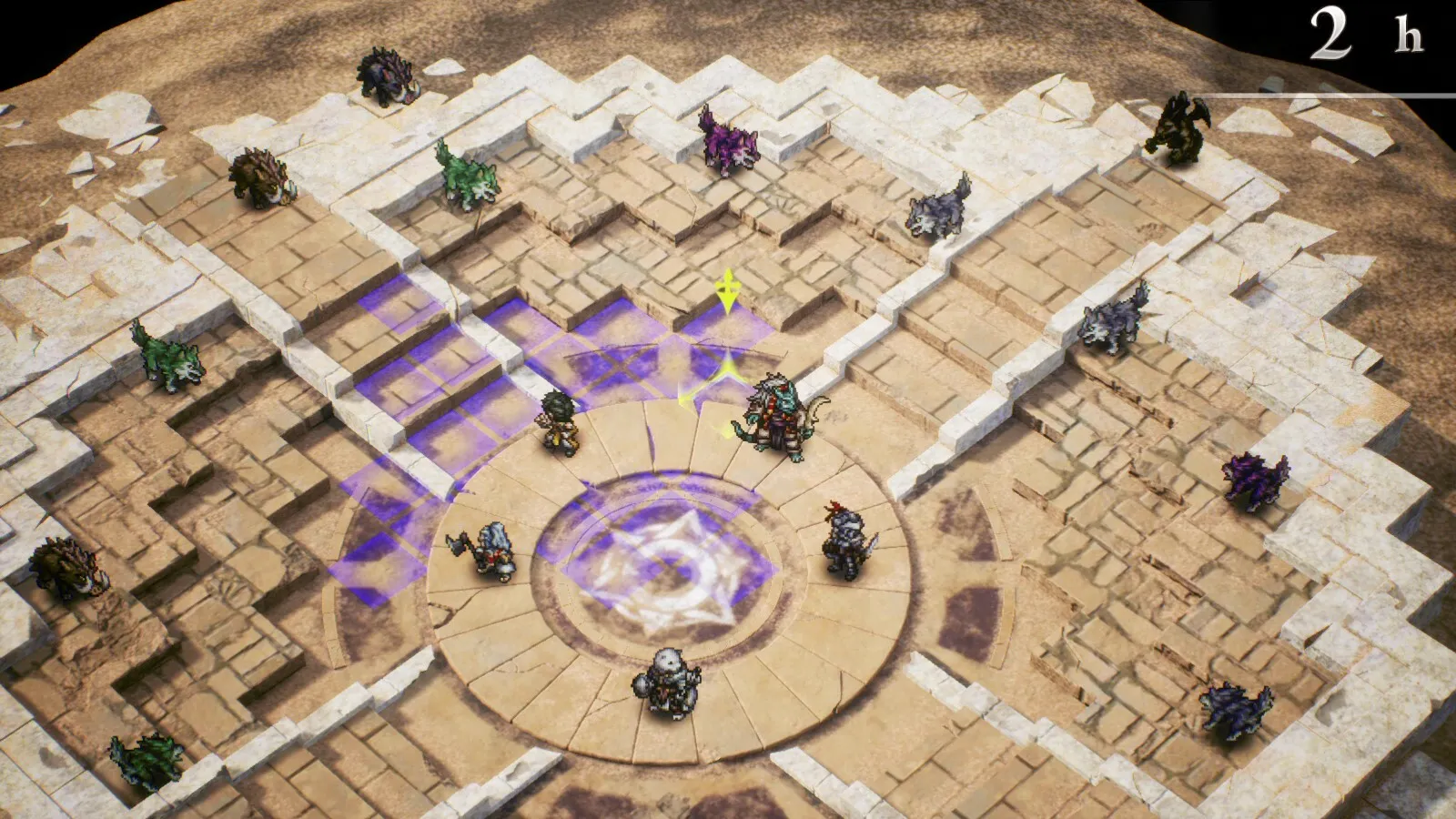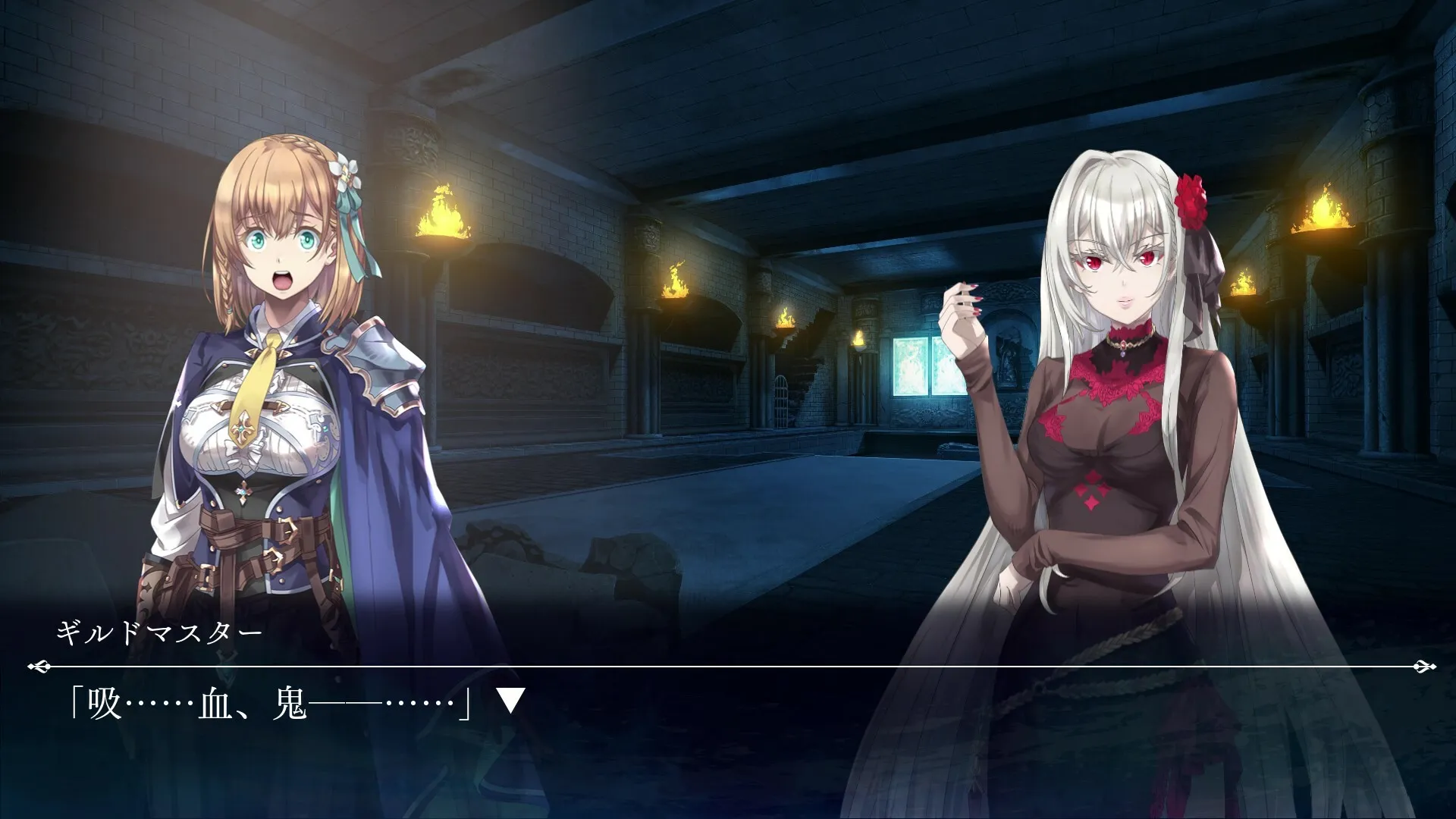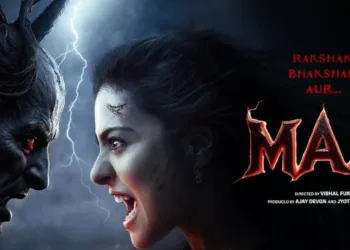Goblin Slayer: Another Adventurer—Nightmare Feast is a tactical RPG in which players assume the role of a Guild Master on a planet overrun with goblins. It was created for the Nintendo Switch and PC and combines traditional turn-based gameplay with a narrative heavily influenced by contentious light novels and anime series. This game welcomes fans and newcomers to navigate its strategic combat while engaging in a rich tapestry of character interactions.
As a tactical RPG, Nightmare Feast employs grid-based battles in which positioning and resource management are critical. Players must use a dive roster reminiscent of titles like Final Fantasy Tactics, but it also introduces new aspects such as trap-setting and a dice-based critical hit system. These mechanics offer depth but are often known to the genre.
Set in the Goblin Slayer universe, the game follows the Guild Master as she recruits heroes and deals with rising threats. Longtime fans are catered to, yet newcomers may readily understand the narrative.
Character-driven storytelling raises the stakes of each task, although long dialogue sequences sometimes disrupt pacing. This balance of engaging arcs and typical gameplay produces a distinct tension that appeals to a wide range of players based on their familiarity with the genre.
The Narrative Tapestry of Goblin Slayer: Another Adventurer – Nightmare Feast
The narrative of Goblin Slayer: Another Adventurer – Nightmare Feast combines the amusing with the scary at its core. Players take on the role of the Guild Master, a young woman navigating her late father’s legacy while managing a local adventurers’ guild.
The plot concentrates on forming alliances and completing objectives to combat goblin threats, all set in a universe that alternates between amusing encounters and darker, more horrific undertones. This tonal balance engages players by providing a unique twist on the conventional RPG hero’s journey while remaining true to the source material’s more distressing themes.
Character interactions play a key role in enhancing the narrative. The Guild Master is a likable protagonist who exudes both ignorance and drive. Her interactions with characters such as the Blood Princess offer dimension, as their alliance, flavored with dark comedy and sexual undertones, tests standard RPG dynamics.
Each character presents distinct talents and backgrounds, requiring players to carefully examine their options. However, the narrative occasionally relies too much on exposition, jeopardizing player engagement during lengthy discussion passages. This could be tedious for those eager to dive into combat.
Japanese voice acting enriches the experience by giving characters distinct personalities that resonate with players. The performances provide emotional weight to encounters, strengthening character arcs and making them more impactful.
However, the effectiveness of the language varies; some interactions are snappy and engaging, while others have pacing flaws that disrupt the game’s flow. Overall, the voice acting enhances the narrative, but the dialogue’s inconsistencies can detract from the otherwise intriguing character development, leaving players wanting a more seamless merger of story and gameplay.
Navigating the Mechanics of Guild Management in Goblin Slayer: Another Adventurer – Nightmare Feast
In Goblin Slayer: Another Adventurer – Nightmare Feast, managing the Adventurers’ Guild is essential for gameplay and narrative growth. Players take on the role of Guild Master, managing the recruitment and development of a wide cast of characters.
The character class system is reminiscent of traditional RPGs, allowing tactical team building depending on individual strengths and weaknesses. This approach encourages players to experiment with combinations, instilling a sense of responsibility for their guild’s success. The actual management, however, feels very superficial, centered on menu navigation rather than a more in-depth simulation of guild dynamics, despite the engaging variety of classes available.
The game has a variety of major and secondary tasks, each of which contributes to the overall narrative and character development. While side tasks provide vital rewards and character insights, allowing players to enhance their guild members’ talents and unlock new classes, main missions drive the plot. This design brilliantly stresses the value of exploration and player choice, as completing alternative missions supplies necessary resources and deepens the emotional bonds between characters.
However, the pacing might be hampered by the lengthy chat sequences that precede missions, which may irritate players eager to participate in combat. Overall, the task structure balances narrative and gameplay, encouraging players to invest in their guilds while navigating the perils of a goblin-infested environment.
Engaging Combat Dynamics in Goblin Slayer: Another Adventurer – Nightmare Feast
To promote strategic positioning and careful planning, the combat system in Goblin Slayer: Another Adventurer – Nightmare Feast is rooted in a traditional grid-based architecture. Players control a diverse cast of characters, each belonging to a distinct class with unique abilities, ranging from melee fighters to spellcasters.
This diversity enables creative team configurations reminiscent of titles like Fire Emblem and Final Fantasy Tactics. While the mechanics are solid, they frequently lack originality, adhering to existing RPG formulae rather than providing more complex features that could improve the gameplay experience.
Positioning is critical in each combat, as players must navigate the grid while considering adversary ranges and terrain impacts. Resource management deepens the strategic layer by requiring players to balance their use of abilities and goods while anticipating unforeseen occurrences.
The game features traps and the Fate and Chance mechanics, which, when used correctly, can substantially alter the flow of combat. Setting traps provides a gratifying tactical element by allowing players to lure adversaries into ambushes, although the mechanics may feel underdeveloped in battle. The possibility for new techniques exists, but it frequently relies on player exploration rather than obvious incentives within the gameplay.
Combat difficulty is mixed, especially in the early stages. New players may find the slow-paced combat irritating as they learn the mechanics and face formidable adversaries. The opponent AI has predictable behavior, frequently remaining passive until players approach close range, which can lead to tactical turtling.
This design choice, while allowing for strategic planning, can detract from the urgency of combat. As players progress, the difficulty increases, necessitating careful party management and a better mastery of the combat systems. The difficulty balance can benefit those who devote time to mastering it, but it may turn off casual players looking for a more accessible experience.
Crafting Atmosphere: Art and Audio in Goblin Slayer: Another Adventurer – Nightmare Feast
Goblin Slayer: Another Adventurer – Nightmare Feast’s visual design is largely reminiscent of classic tactical RPGs from the SNES and PlayStation eras. Character designs are bright and expressive, with various distinctive styles reflecting each character’s personality and status.
However, while functional, the settings frequently feel generic and lack the nuanced craftsmanship in more recent titles. This nostalgic approach can bring back happy memories for veteran players but may leave newcomers wanting more regarding environmental immersion and diversity.
The soundtrack suits the gameplay well, merging symphonic themes with a touch of whimsy to match the game’s tone fluctuations. While the music does enhance emotional depth at important points, it occasionally fades into the background during exploration and combat, failing to create a lasting impact.
The Japanese voice acting is excellent, giving dimensions to character interactions and helping to convey emotional nuances. Sound effects, particularly during combat, are functional but might benefit from greater variety to improve the entire experience. The audio pieces work well together to enhance the narrative however they could be more creative and dynamic.
Navigating Pacing and Length in Goblin Slayer: Another Adventurer – Nightmare Feast
Goblin Slayer: Another Adventurer – Nightmare Feast’s advancement is slow initially, with a series of tutorial-style missions exposing players to the game’s mechanics and narrative. While the progressive opening gives a deeper grasp of the gameplay principles, it can be boring, especially for those eager to dive into the action.
The balance between narrative exposition and gameplay is frequently distorted, with extended dialogue segments sometimes overshadowing player agency. This strategy might resonate with die-hard RPG fans who value detailed storytelling, but it might turn off casual players who prefer a more streamlined experience.
Missions usually last longer than expected, with confrontations requiring meticulous planning and execution. This strategic intricacy is a genre trademark, allowing players a great sense of accomplishment when handled well. However, the long animations and narration accompanying and following each engagement might disrupt the gameplay flow and cause aggravation.
Players may find themselves waiting through animations that, while visually pleasing, detract from the overall pacing. As a result, the game seems gratifying in its intricacy but might benefit from tighter pacing to retain player engagement, particularly during extended play sessions. Balancing the narrative weight with the narrative of combat remains a challenge, but one that could enhance the entire experience if approached intelligently.
Final Impressions of Goblin Slayer: Another Adventurer – Nightmare Feast
Goblin Slayer: Another Adventurer – Nightmare Feast offers players a blend of strategic combat and narrative depth that will resonate with RPG genre fans.
The game effectively incorporates player choices into its story, allowing for significant character interactions and results that can change depending on decisions made throughout the campaign. However, pacing flaws and a focus on long speech might detract from the overall experience, especially for those who prefer a more action-oriented style.
For Goblin Slayer series fans, this game delivers a rich tapestry of lore and character development that improves the existing narrative. Casual gamers, on the other hand, may find the delayed start and lengthy mission lengths worrisome. While the combat mechanics and strategic depth make for enjoyable gameplay, the game’s tendency to prioritize narrative over pacing can detract from the thrill of engagement.
Finally, while Nightmare Feast excels at character-building and tactical challenges, it may not appeal to players seeking a fast-paced RPG experience.
Its strengths are its emotional storytelling and character journeys. At the same time, its weaknesses are rooted in pacing and accessibility, making it a title best suited for individuals willing to invest time in its complexities.
The Review
Goblin Slayer: Another Adventurer - Nightmare Feast
Goblin Slayer: Another Adventurer - Nightmare Feast is a captivating blend of character-driven tales and strategic combat that will appeal to long-time series fans. However, slow pacing and long speech might detract from the overall experience, potentially alienating casual players. While it shines at character development and emotional depth, the gameplay's accessibility and pacing should be improved.
PROS
- Engaging character development and emotional storytelling.
- Diverse class system allows for strategic party composition.
- Meaningful player choices that affect the narrative.
CONS
- Slow pacing and lengthy dialogue can disrupt gameplay flow.
- Combat mechanics feel familiar and lack innovation.
- Extended mission lengths may frustrate casual players.





























